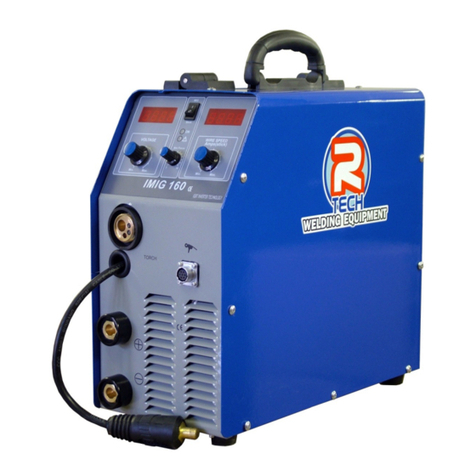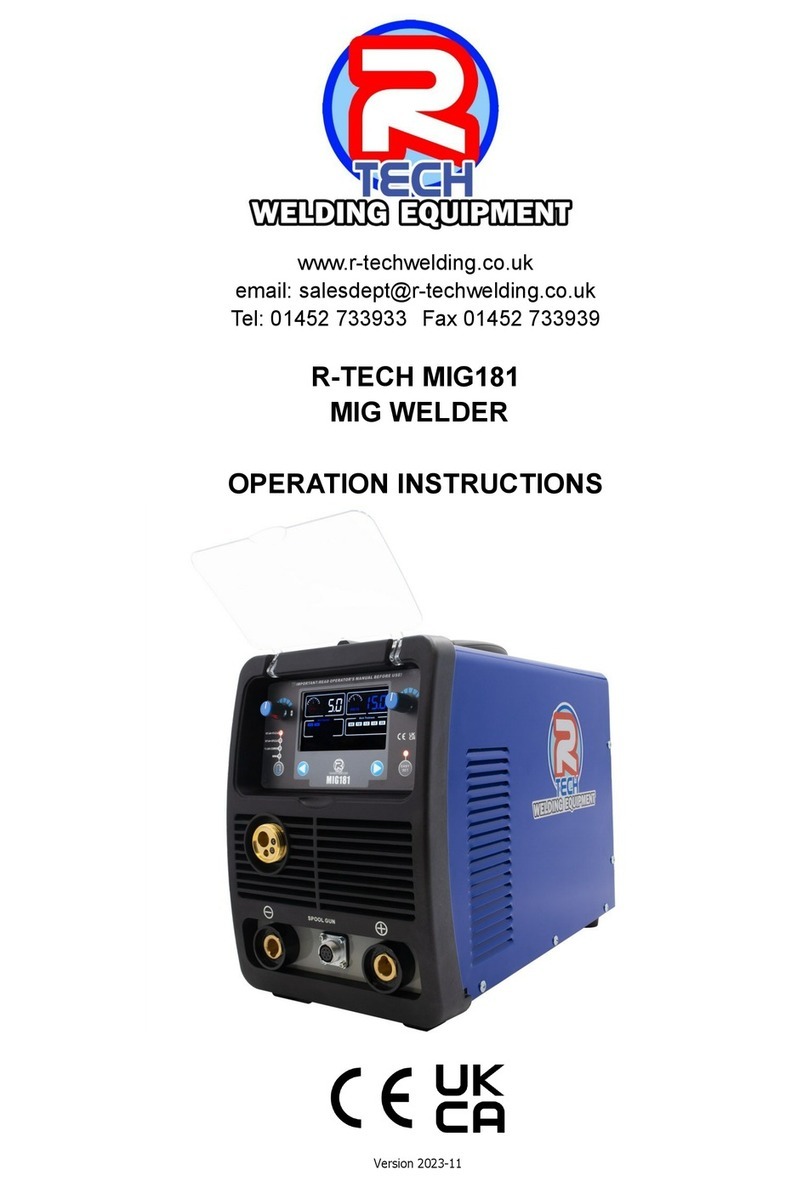Rtech Tig200 DC Digital User manual
Other Rtech Welding System manuals

Rtech
Rtech MTS 255HF User manual
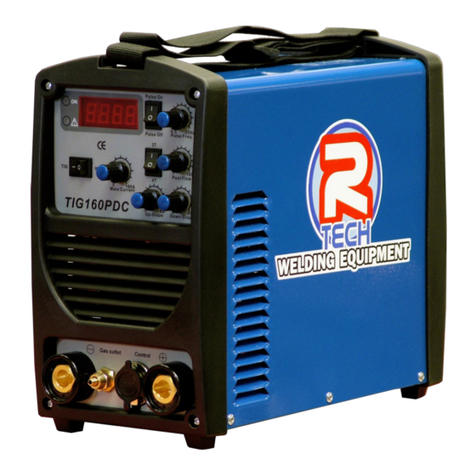
Rtech
Rtech TIG160PDC User manual
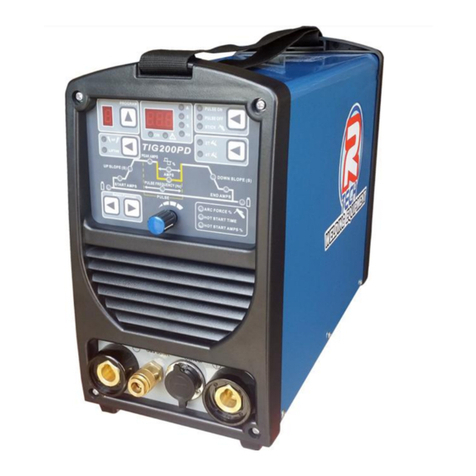
Rtech
Rtech TIG200PD-DV User manual
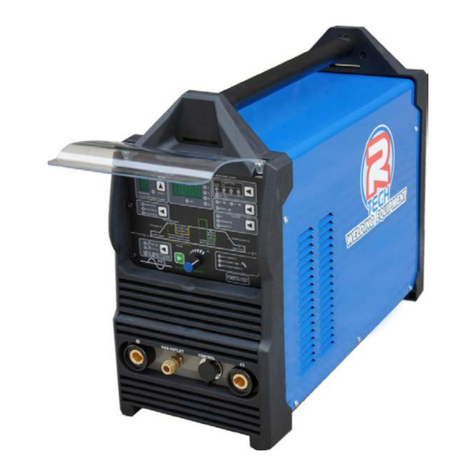
Rtech
Rtech POWER TIG 210EXT User manual
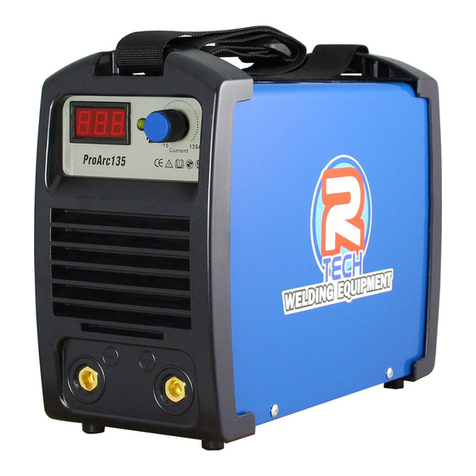
Rtech
Rtech ProArc 135 User manual
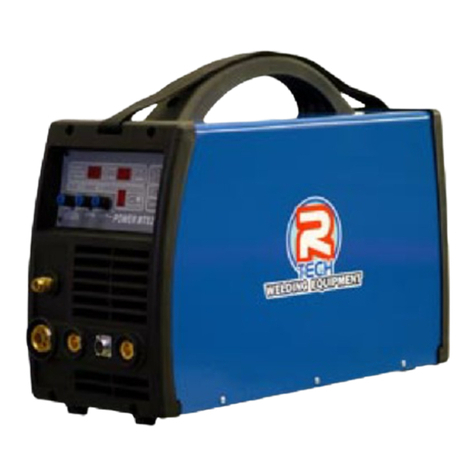
Rtech
Rtech POWER MTS210D User manual
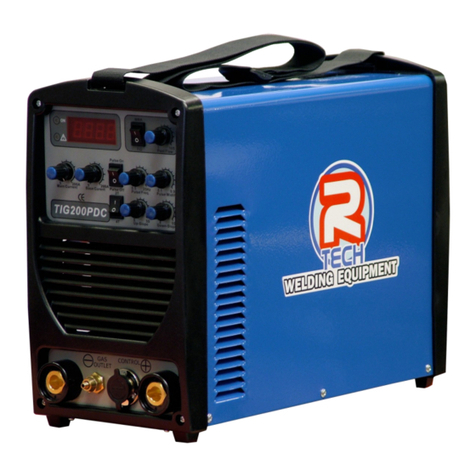
Rtech
Rtech TIG200PDC User manual

Rtech
Rtech TIG401 TFT User manual
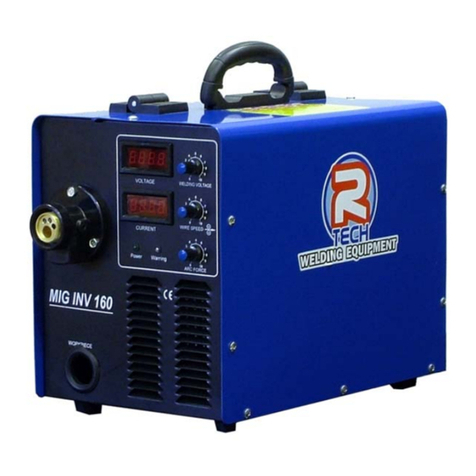
Rtech
Rtech INV160 User manual
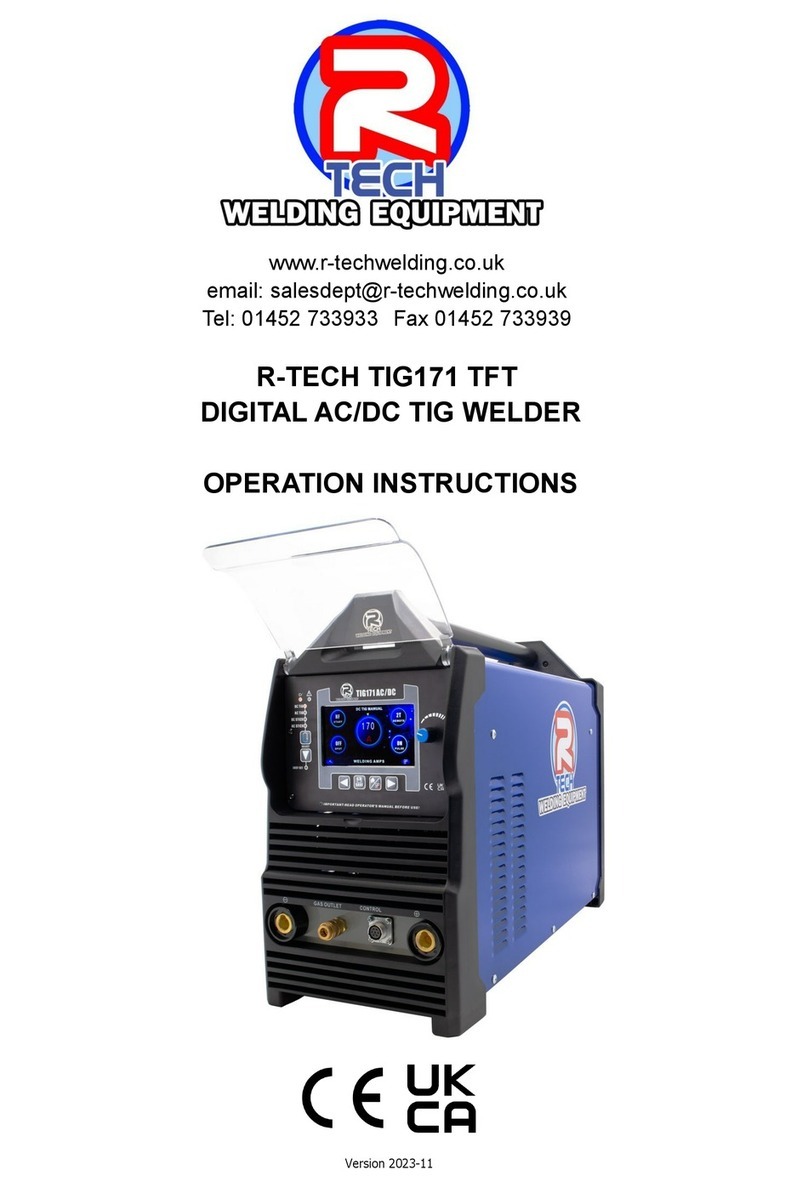
Rtech
Rtech TIG171 TFT User manual

Rtech
Rtech TIG160FPP User manual
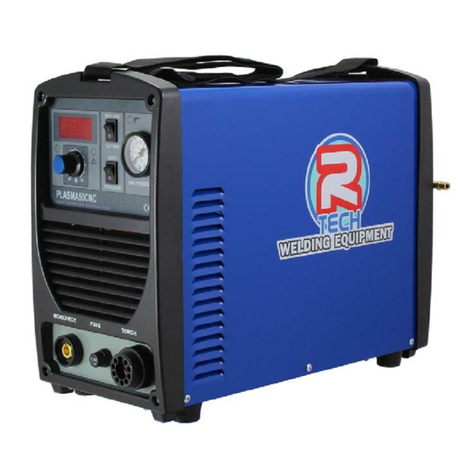
Rtech
Rtech 50CNC User manual
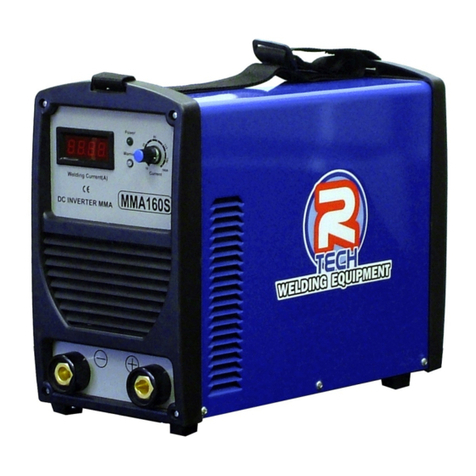
Rtech
Rtech MMA 160S User manual
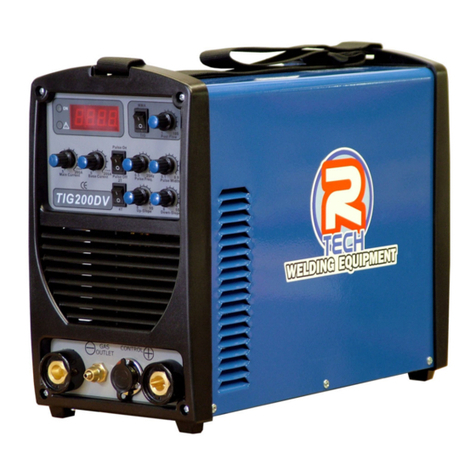
Rtech
Rtech TIG200DV User manual

Rtech
Rtech MTS-450 User manual
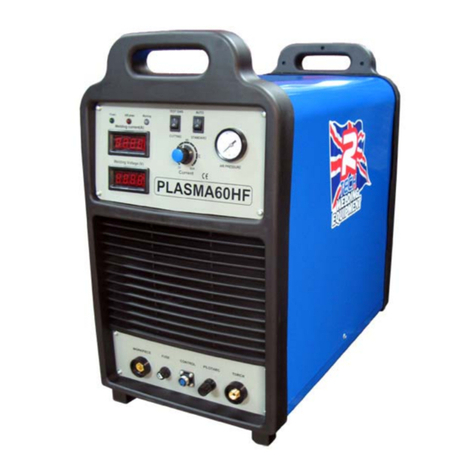
Rtech
Rtech PLASMA 60HF User manual
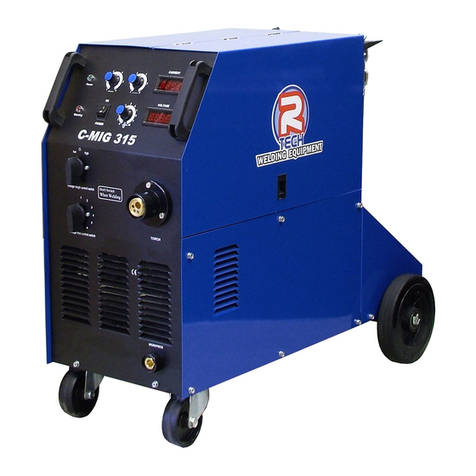
Rtech
Rtech C-MIG 315 User manual

Rtech
Rtech TIG200DV-PD User manual
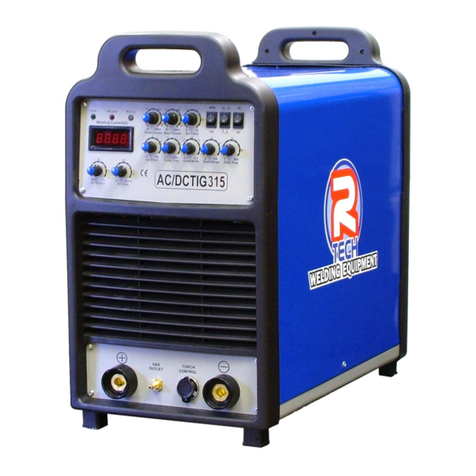
Rtech
Rtech TIG315 User manual
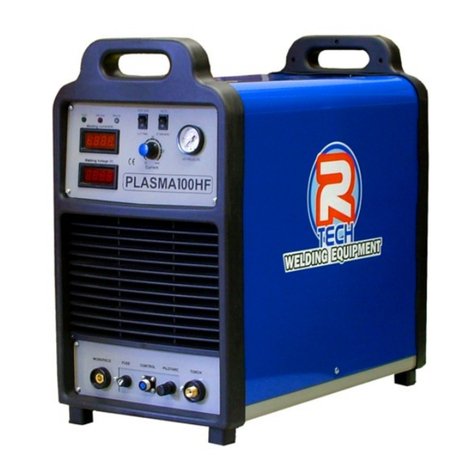
Rtech
Rtech P100HF User manual
Popular Welding System manuals by other brands

Hobart Welding Products
Hobart Welding Products AirForce 375 owner's manual

GF
GF MSA 330 instruction manual

Hakko Electronics
Hakko Electronics FX-888D instruction manual

Abicor Binzel
Abicor Binzel ABIPLAS WELD 100 W operating instructions

EWM
EWM Taurus 355 Basic TDM operating instructions

Thermal Dynamics
Thermal Dynamics PakMaster 100 XL plus operating manual
